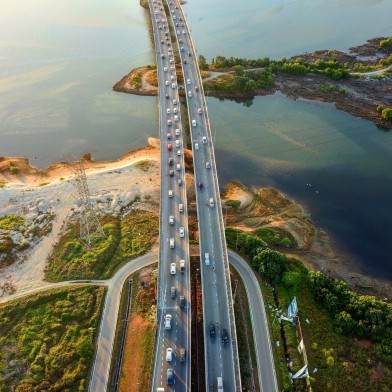Back in 2006, when my friends were choosing the U.K. for their OE, I chose Malaysia.
I had personal reasons for the move; my mother was born in Kuala Lumpur (KL), and I loved visiting as a child. I wanted to reconnect with my mother’s family and learn more about my Malaysian heritage.
Near the end of 2007, my first full year in Malaysia, I found myself laying on an empty wind-swept beach on Peninsular Malaysia’s East Coast. It was monsoon season, rough waves crashing offshore, the long, palm tree-lined beach deserted. I realised that this beautiful peninsular was worth staying in. And I did stay. On and off for over a decade, I have lived and travelled in this country of friendly people, verdant landscapes, wonderful food, and endless summers.
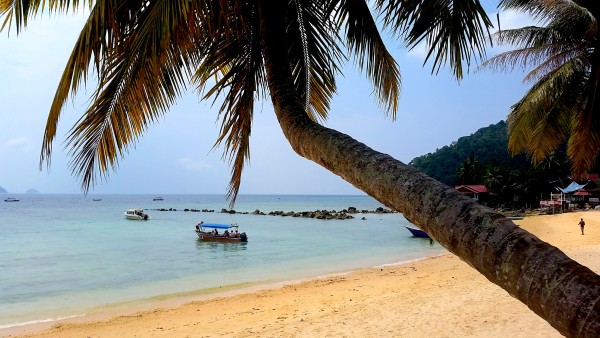
Image: Malaysia is a country of endless summers. Image: Kyle Sutton
Sitting in my office and facing the prospect of another winter in Aotearoa with these fond Malaysian memories in mind, I’ve been thinking of opportunities to move back. This brings me to Malaysia My Second Home (MM2H) programme; a Malaysian government initiative to attract people from other countries to retire in Malaysia, buy property, and generally boost Malaysia’s economy by offering a 10-year (renewable) residence visa.
Currently, the MM2H programme requires applicants to be over 30 years old and prove a monthly income of at least RM 40,000 (NZD14,046). They need proof of liquid assets of RM1,500,000 (NZD 526,719) with RM 1,000,000 (NZD 351,100) put into a fixed deposit account after approval by the Malaysian Immigration Department. These requirements have been heavily criticised as far too exclusive and it’s been reported that applicant numbers have dropped by 90 percent. After calls for change, the government said it would review its requirements.
So with a path to living in the country opening up, why choose Malaysia?
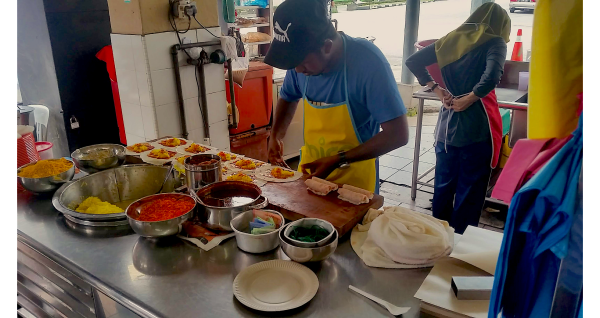
A scene from the kitchens of Malaysia. Image: Kyle Sutton
Well, the weather for a start. Malaysia is tropical; it’s hot and humid year-round except for the short monsoon seasons, (roughly November to March for the east coast and May to September on the west coast) which are hot but come with heavy rain. This I always felt enjoyable as the monsoon rains cool the land and settle the dust in the air.
Next up: Food.
Food is deeply ingrained in the Malaysian culture and I consider what’s on offer to be some of the best in the world. Malaysia’s multicultural nature means that you can find delicious Chinese, Indian or Malay dishes at any time.
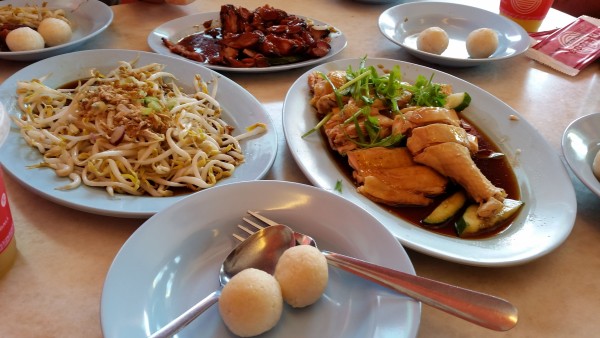
Malaysia's diverse population means the country is known for its culinary scene. Image: Kyle Sutton
However, for homesick Kiwis, you can still find food like Marmite and Weetbix. Cold Storage, for example, is a popular supermarket that specialises in imported goods, particularly from Australasia.
And despite the current high monetary expectations for the MM2H programme, once you’re in Malaysia, the cost of living is incredibly affordable - 1NZD is currently equal to about RM2.80 and the average cost of living is about 60 percent less expensive than in New Zealand.
With perks like these, I’m often asked by people who aren’t familiar with Malaysia – where are the best places to stay?
Let’s start with Taiping. This picturesque town of 245,000 residents, a three-hour train ride north of KL, is thought of as a good spot to retire and for good reason. Taiping is largely flat and located next to the beautiful Lake Gardens; a public park lined with century-old rain trees. There is a hill station, Bukit Larut, on the edge of town - Malaysia’s oldest - with an altitude of 1025m above sea level. This offers respite from the heat of the lowlands.
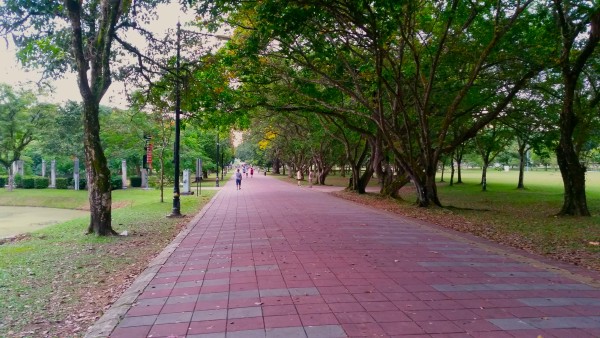
Taiping provides plenty of walking paths. Image: Kyle Sutton
Taiping has some wonderful kopitiams (coffee shops), restaurants and market food stalls. It felt as though every food place we visited was exceptional. Colonial-era specialties like Chicken Chops (grilled, breaded chicken with gravy and potatoes), Cantonese Dim Sum, and Indian Muslim (Mamak) cuisine are all well represented.
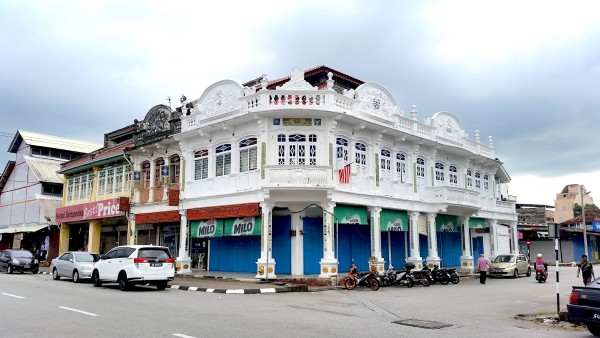
Parts of Malaysia features old colonial-style buildings. Image: Kyle Sutton
For a relaxed coastal environment, you could look to the East-Coast of Peninsular Malaysia. The coast largely consists of three states which lie next to the South China Sea: Kelantan, Terengganu, and Pahang. These states - particularly Kelantan and Terengganu - are considered the heartland of Malay culture.
They all boast a lifestyle away from the hustle and bustle of cities and have low costs of living - perhaps the most affordable in Malaysia! Renting a large beach bungalow is attainable for a fraction of the cost in New Zealand and life here is often described as ‘sleepy, kampong (village) style living’.
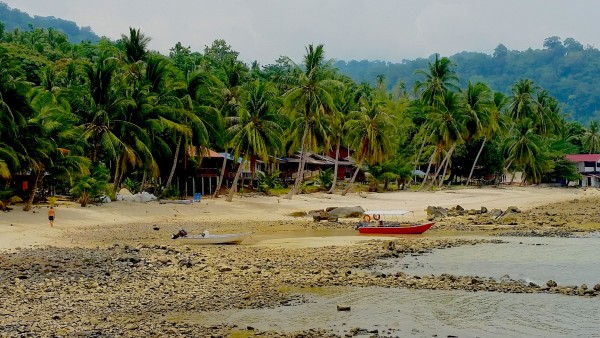
Kampong living style at its best. Image: Kyle Sutton
Kuantan – Pahang's state capital – is the best option for coastal living. Despite Kuantan being small, it’s still the largest city on the East-Coast and is only three hours drive from KL. Kuantan, being the state’s capital, also boasts large Chinese and Indian communities who flavour the city with an incredible selection of food choices.
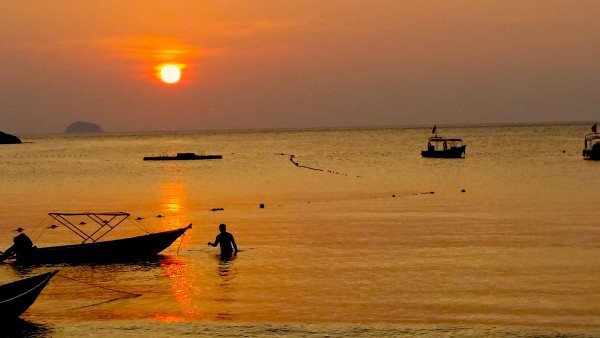
The east coast of Malaysia offers a more relaxed life style by the beach. Image: Kyle Sutton
If coastal living isn’t for you, or the lowlands humidity makes you uncomfortable, there’s always The Cameron Highlands in Perak State. At over 1300m above sea level, this colonial hill station is Malaysia’s largest and the temperature here hovers around 25 degrees during the day, though nights are pleasantly chilly.
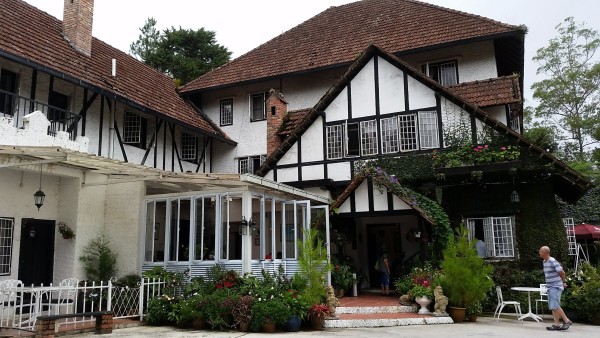
The architectural style found in some hill stations. Image: Kyle Sutton
You’ll find rolling tea plantations to stroll through, lush forests to hike in, waterfalls and mock-Tudor bungalows. I’d recommend basing yourself in the town of Tanah Rata, my favourite.
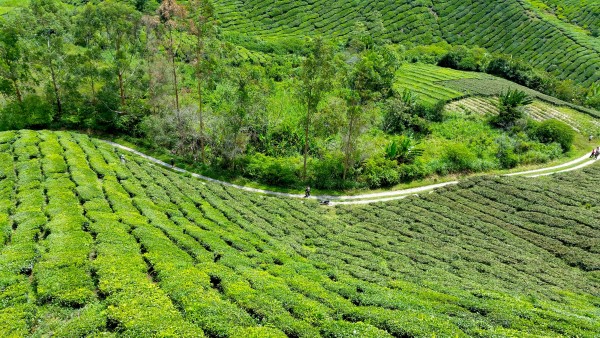
The green plantations of The Cameron Highlands. Image: Kyle Sutton
Although often overlooked in favour of its neighbours like Singapore and Thailand, Malaysia is full of hidden gems - I’d encourage you to visit and find them for yourself.
- Asia Media Centre
